Beauty: a growing market
The beauty industry is one of the most valued by millions of women and men in the world, presenting until the beginning of 2020 an economic growth of 6.8% and covering up to 20 categories within the market, according to Kantar data.
The consultant says that all beauty categories were growing before Pandemia by COVID-19, even 16 of them were at a faster rate than consumer goods in general, which is 2.9%.For example, the main drivers of the sector and responsible for more than 50% of the total growth were the moisturizers of the skin, which grew 10.7%, and hair care products, with 8.5%.
However, given the confinement derived as a preventive measure of infections by SARS-COV-2, the beauty industry Mermó, presenting at the end of September a growth of the value of the sector of 1.1%.Kantar emphasizes that this registered increase was due to the demand for gel of antibacterial hands.
The category that was mostly affected was that of makeup, with a fall of 14.2% of their sales during the ninth month last year: "As restaurants, bars and nightclubs closed around the world, the use of makeup was drastically reduced," he reports.
However, the industry prepares for the post-covid era through three fundamental strategies: comprehensive care, electronic commerce and good value for money.
Integral care is due to people's growing concern for health and to lead a safer life: “They expect brands to help them feel and live better, not only look better.The priorities have gone from solving problems, such as erasing wrinkles, to build a solid base, ”he says.
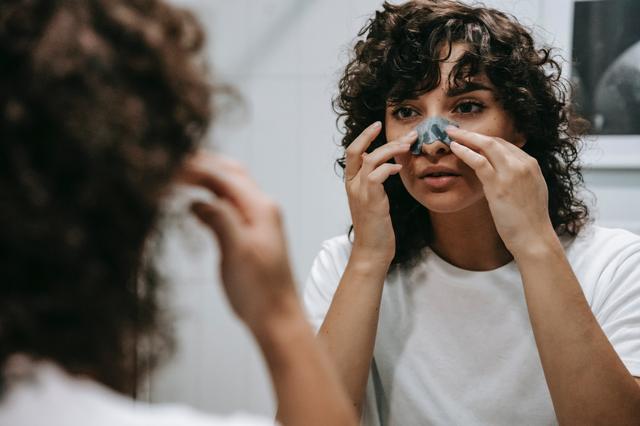
It may interest you:
Electronic commerce, particularly, was a tool that ultimately marked a recovery in the sector at the end of 2020: "Electronic commerce sales until the end of September 2020 won the additional 3.2% of the sector's expenditure," reads the study.
Based on the value for money, the pandemic affected the income of consumers, so the majority inclined to buy good quality products but with affordable prices: “This does not mean that they opt for the cheapest option;They evaluate their choices based on benefits, ”clarifies the study.
In this sense, some categories are already showing a recovery, either by applying new market strategies or because they adapted to the current client's needs, which is true is that “there is hope that beauty brands and manufacturers winIn 2021 ”, he points out.
The case of L’Oréal Mexico
In an interview for business leader, L’Oréal San Luis Potosí shared information about how the industry was affected in 2020.This plant will turn nine years of operations in the state, while as a company it is about to reach six decades in Mexico.
The plant installed in SLP is the largest in the American continent, occupies 550 direct workers and another 450 that indirectly generates.In the factory they prepare hair coloring products for the division of mass and professional products with lines such as L´oréal Paris, Garnier, Softsheen Carson and L’Oréal Professionnel.
About 30% of production is distributed in Mexico, the rest is exported to Chile, Peru, Colombia, Uruguay, the United States and Canada.
It's time to reinvent yourself
COVID-19 pandemic derived a consumer crisis in the industry, which in turn changed purchase behavior, particularly towards capillary coloration products.For L’Oréal this situation implies a capacity for reaction and adaptation to new consumption habits.
For example, demand for “at home” application products increased exponentially, since consumers left their home due to the risk of infection.At the same time, electronic commerce platforms accelerated the purchase of cosmetics via the Internet.
Among its main objectives is to develop a digital transformation that will allow new opportunities for innovation and interaction with the Mexican client under the concept "unlimited beauty".At the global level, the group estimates that in 2025 50% of its sales will be through e-commerce and Mexico appears as a potential market.
As part of the 2021 commercial plans, the company seeks greater approach with the final customer, adapting to its new needs and generating fidelity.
Among other things, the plant had to adapt to the new sanitary measures, therefore, developed 29 thousand units of hydroalcoholic gel as an emergency during the 2020 that were donated to their collaborators, suppliers, hospitals and companies of the public transport system ofThe San Luis Potosí region, as well as 10 tons of Gel in bulk.
Finally, the French company says it will continue to invest in Mexican territory, not only in manufacturing infrastructure, but in local personnel.
You can also read:

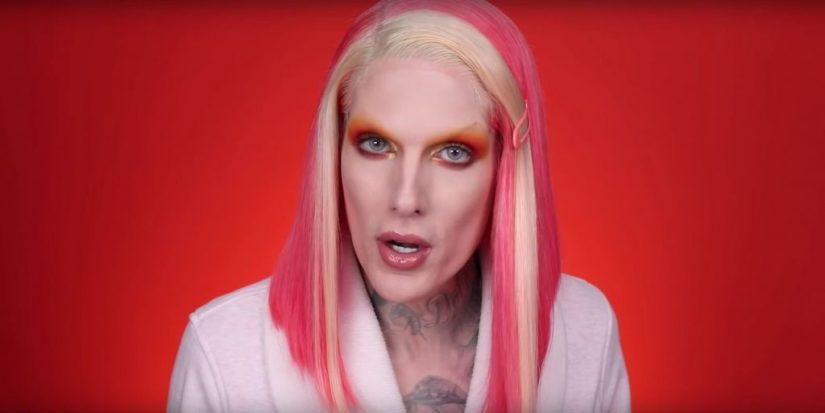
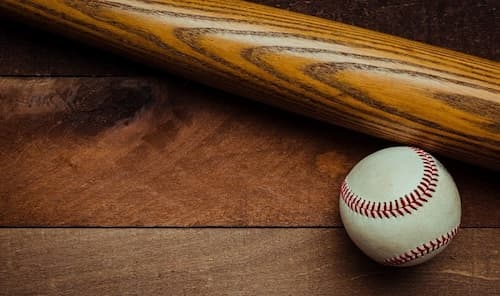
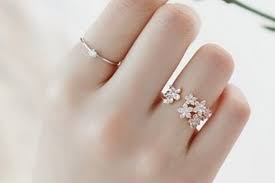
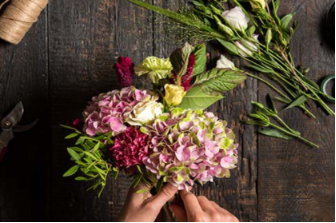
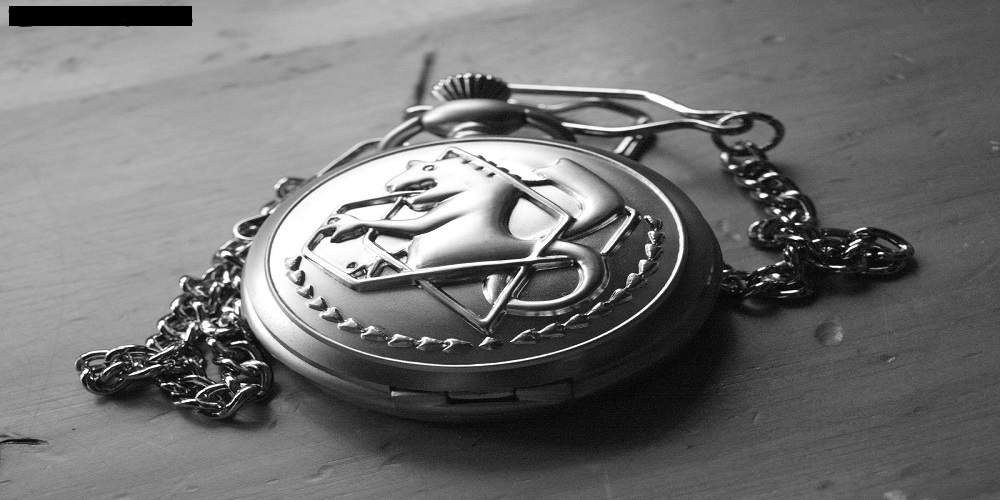
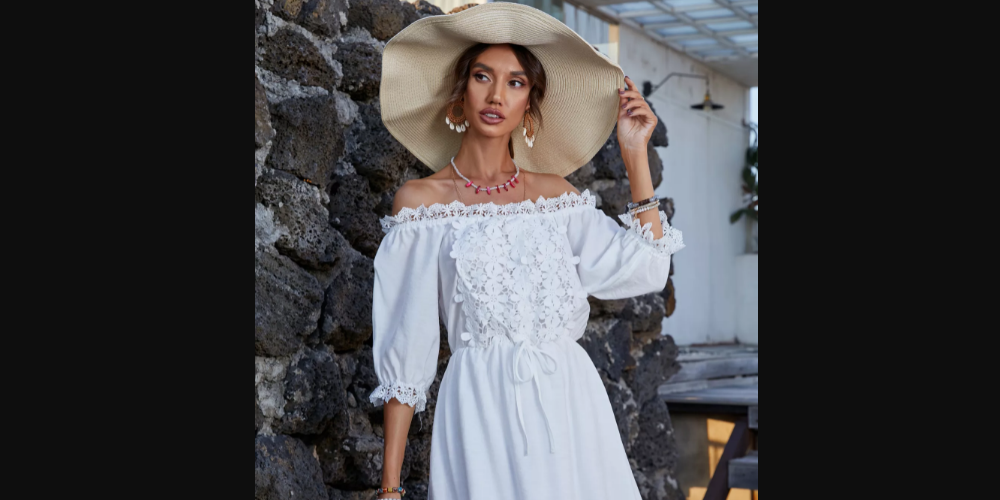

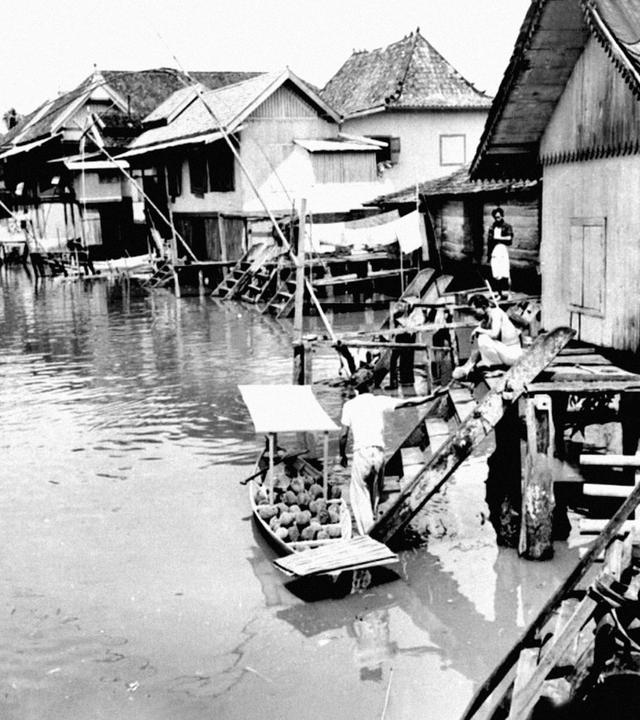
1585